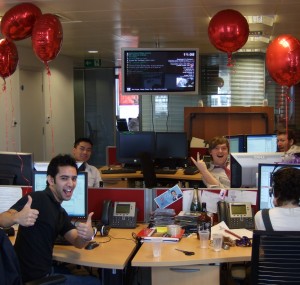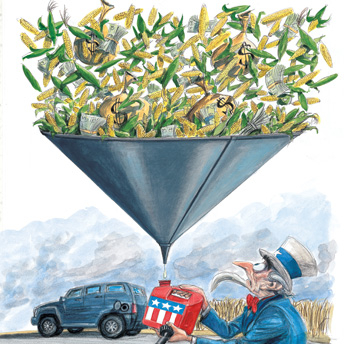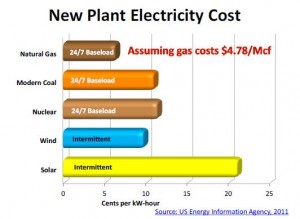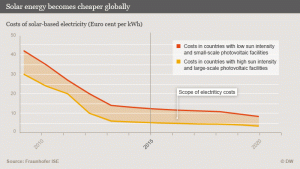Over the long weekend I managed to find some free time to watch Interstellar, the critically-acclaimed movie about mankind trying to survive by leaving a dying Earth for a new planet in an entirely new galaxy. While the movie was certainly entertaining (almost 3 hours long!), perhaps it is too soon to consider leaving Earth just yet. Here is a fascinating talk on why Earth’s oceans, not deep space, are our next frontier:
From an environmental sustainability perspective, the idea of floating cities or “seasteads” appears very promising. Joe Quirk talks about growing kelp for food and utilizing the ocean’s solar potential for energy. Kelp serves multiple functions in contributing to a seastead’s sustainability: food for residents, food for farmed fish, and waste absorption. Solar energy is an intuitive choice for a city floating in the ocean since oceans receive a vast majority of the Sun’s energy. Despite the benefits, I do have one reservation against floating cities: why can’t we employ these innovations now even without floating cities?
The other argument Quirk makes for seasteads is the opportunity to create better governments that properly serve public needs. In the video, Quirk provides convincing case studies of nations that correlates their economic development with their relatively modern origins. He attributes the success of countries like the USA and Singapore to their newer government methodologies. Applying this concept to floating cities, the idea is that residents will be able to easily establish political rules within their seastead, allowing for advanced social development. While the concept is reasonable, I worry for the feasibility of everyone being able to create their own form of government – what’s going to stop the inevitable rebels from creating havoc?
Despite my doubts, it appears that The Seasteading Institute is close to launching a prototype city and already has 1,000 people ready to take the plunge. All they need now is a host nation in an attractive climate willing to house the prototype on their coastal waters. Come to think of it, I could use a vacation myself!












